The Henry Laurence Gantt Medal was established in 1929 by the American Management Association and the Management section of the American Society of Mechanical Engineers for "distinguished achievement in management and service to the community" in honour of Henry Laurence Gantt. By the year 1984 in total 45 medals had been awarded.
Business history is a historiographical field which examines the history of firms, business methods, government regulation and the effects of business on society. It also includes biographies of individual firms, executives, and entrepreneurs. It is related to economic history. It is distinct from "company history" which refers to official histories, usually funded by the company itself.
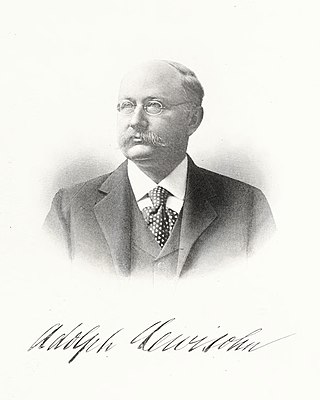
Adolph Lewisohn was a German Jewish immigrant born in Hamburg who became a New York City investment banker, mining magnate, and philanthropist. He is the namesake of Lewisohn Hall on the Morningside Heights campus of Columbia University, as well as the former Lewisohn Stadium at the City College of New York. Time magazine called him "one of the most intelligent and effective workers on human relationships in the U.S."
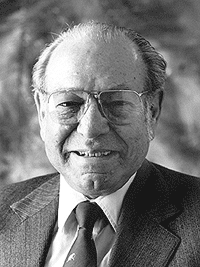
Dorian Shainin was an American quality consultant, aeronautics engineer, author, and college professor most notable for his contributions in the fields of industrial problem solving, product reliability, and quality engineering, particularly the creation and development of the "Red X" concept.
Sumner Huber Slichter was an American economist and the first Lamont University Professor at Harvard University. Slichter was considered by many to be the pre-eminent labor economist of the 1940s and 1950s. Slichter was adamantly opposed to the labor movement, and called repeatedly for legislation against unionization. Slichter was also a critic of the New Deal."
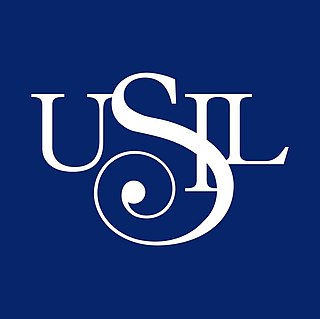
St. Ignatius of Loyola University (USIL) is a private institution for higher education and research in Lima, Peru. It was founded in 1995, as part of the Educational Corporation San Ignacio de Loyola, by Raúl Diez Canseco. The main campus is based in La Molina district. Four decentralized campuses in Pachacamac, Huachipa, Independencia, and Magdalena, provide additional infrastructure for lectures, research, workshops, and sport facilities. Historically, USIL has focused on business, management, and entrepreneurship; however, in recent years, it has expanded significantly in the fields of Education, Engineering and Health Sciences. By 2023, USIL offers 34 undergraduate and 13 postgraduate programmes in 8 faculties.

Argentine University of Enterprise is a private university in Buenos Aires, Argentina. It was founded by the Argentine Chamber of Corporations.

The Vadym HetmanKyiv National Economic University is a self-governing public university in Kyiv, Ukraine. The university was founded in 1906 as Higher commercial courses.
William Henry Lough, Jr. was an American economist, and professor of finance and transportation at the New York University School of Commerce, known for his work in the field of corporate finance.
Lawrence Asa (Larry) Appley was an American management specialist and organizational theorist, known for his early work on management and organization, especially quality management. In 1962 he was awarded the Henry Laurence Gantt Medal.
Alvin Earl Dodd was an American consulting engineer and president of the American Management Association, known as industry expert and recipient of the Henry Laurence Gantt Medal in 1944

Harold Francis Smiddy was an American engineer, business manager, and management consultant, known as the 17th president of General Electric, and recipient of the Henry Laurence Gantt Medal in 1957.
Percy Shiras Brown was an American chemical, industrial and consulting management engineer, educator, and business executive, who served as president of the Taylor Society in 1924–1925, and as president of the Society for Advancement of Management in 1942–44.
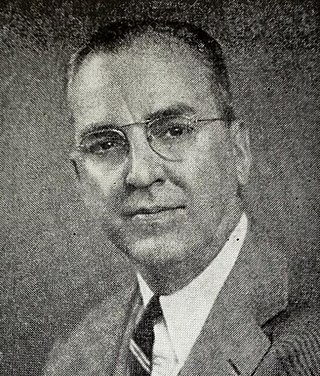
James Keith Louden was an American industrial engineer, business executive, and management author. He served as the 4th president of the Society for Advancement of Management in the year 1941-1942, and was the recipient of the 1949 Gilbreth Medal.

The Taylor Key Award is one of the highest awards of the Society for Advancement of Management. This management awards is awarded annually to one or more persons for "the outstanding contribution to the advancement of the art and science of management as conceived by Frederick W. Taylor."
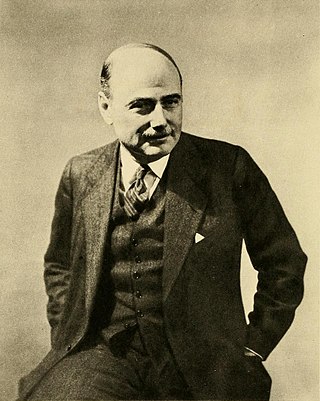
Samuel Adolph Lewisohn was an American lawyer, financier, philanthropist, art collector, and non-fiction author. He is also known as first president of the American Management Association.
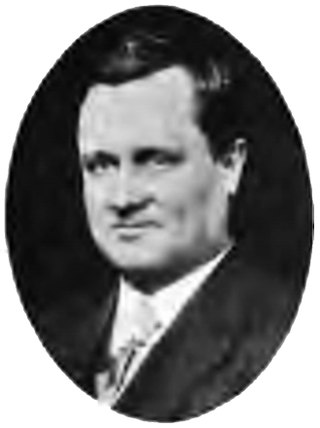
Frederick Chauncey (Fred) Henderschott was an American journalist, educator, and executive at the New York Edison Company, and later American Management Association. Henderschott and Lee Galloway of the New York University are considered the prime movers of The National Association of Corporation Schools, predecessor of the American Management Association.
Lee Galloway was an American educator, publisher, and organizational theorist. He was Professor in the School of Finance and Commerce at the New York University, and co-founders of The National Association of Corporation Schools, predecessor of the American Management Association.
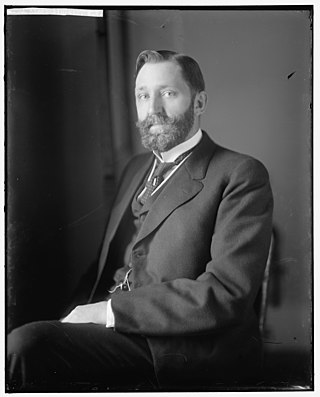
William Wallace Kincaid was an American entrepreneur, businessman, executive, and inventor. He was founder of the Spirella Co., manufacturer of Spirella corsets, and served as president of the National Personnel Association and as president of the American Management Association.
Frank Loel Sweetser was an American pioneer management consultant, business executive, and organizational theorist. He was general manager of the Dutchess Manufacturing Company, and served as president of the American Management Association, and of the National Association of Cost Accountants, now Institute of Management Accountants.













